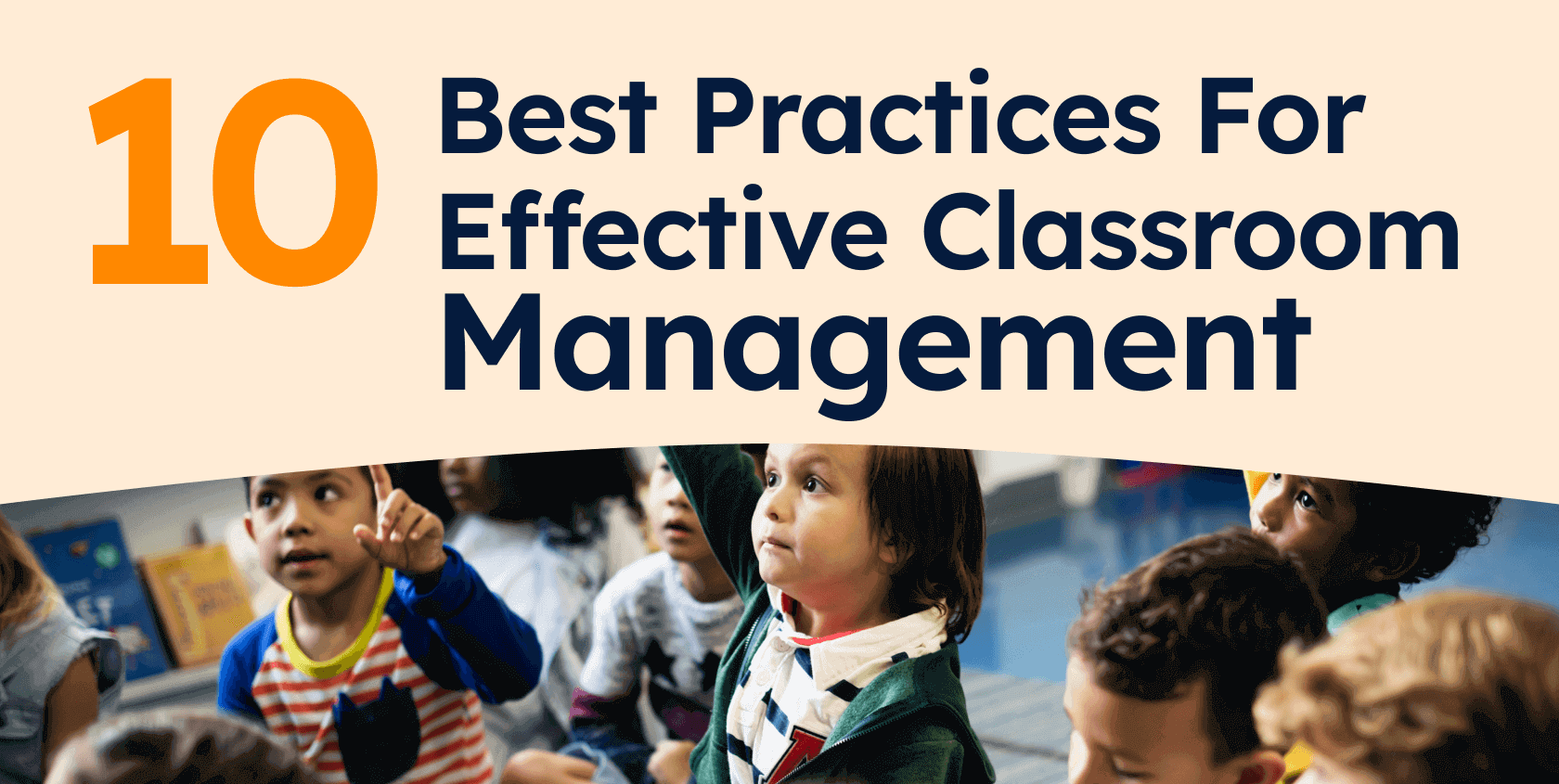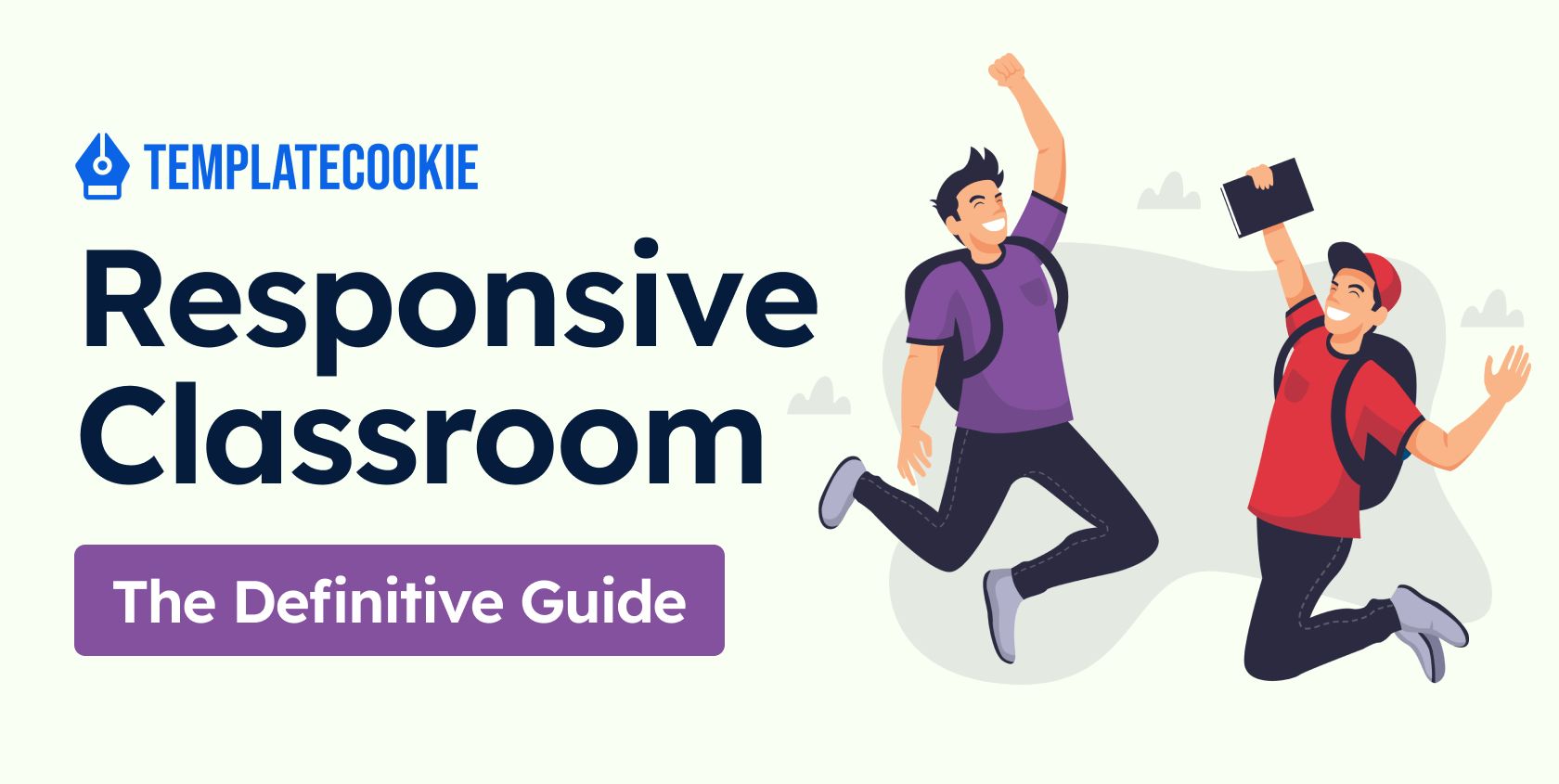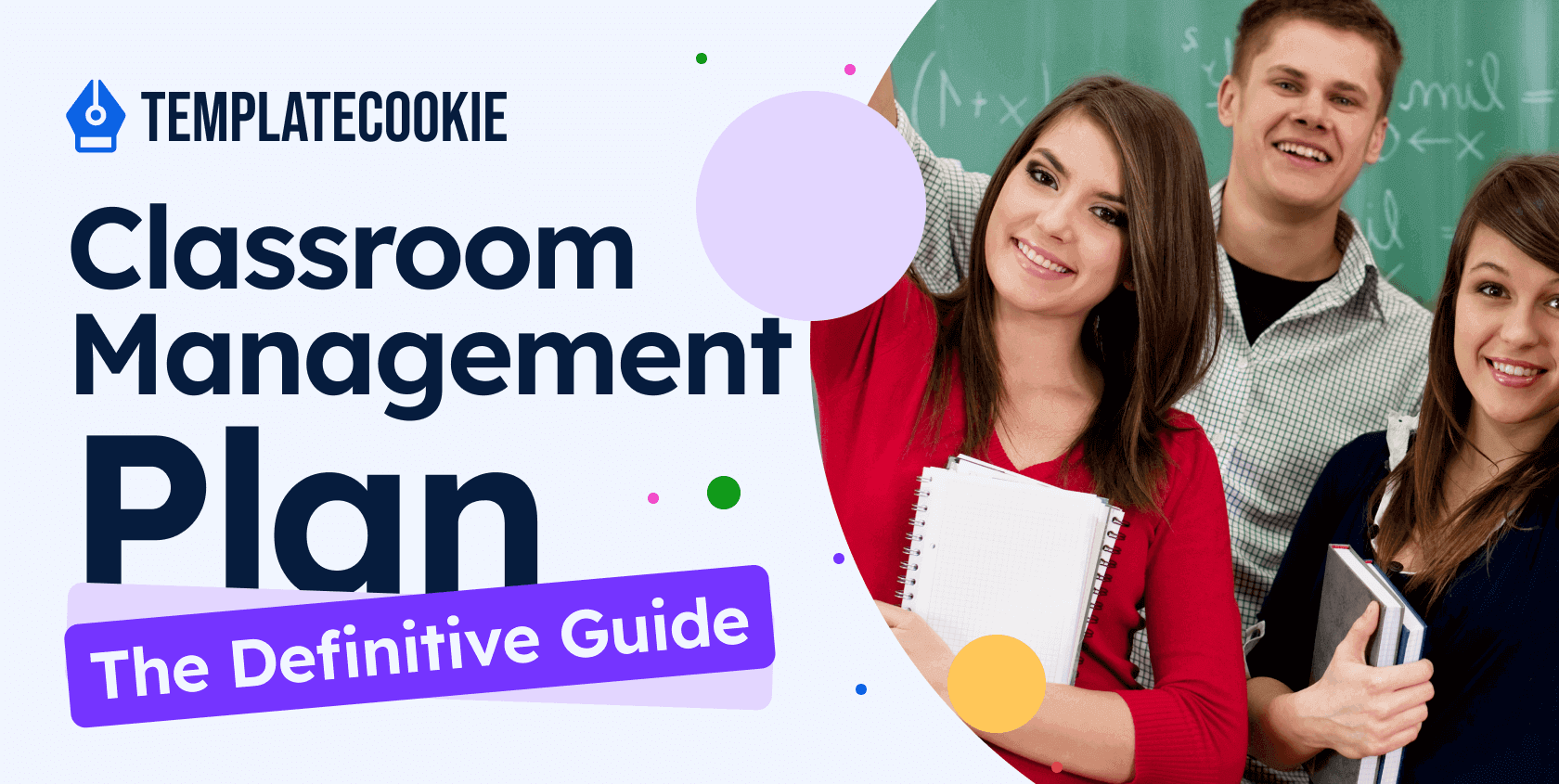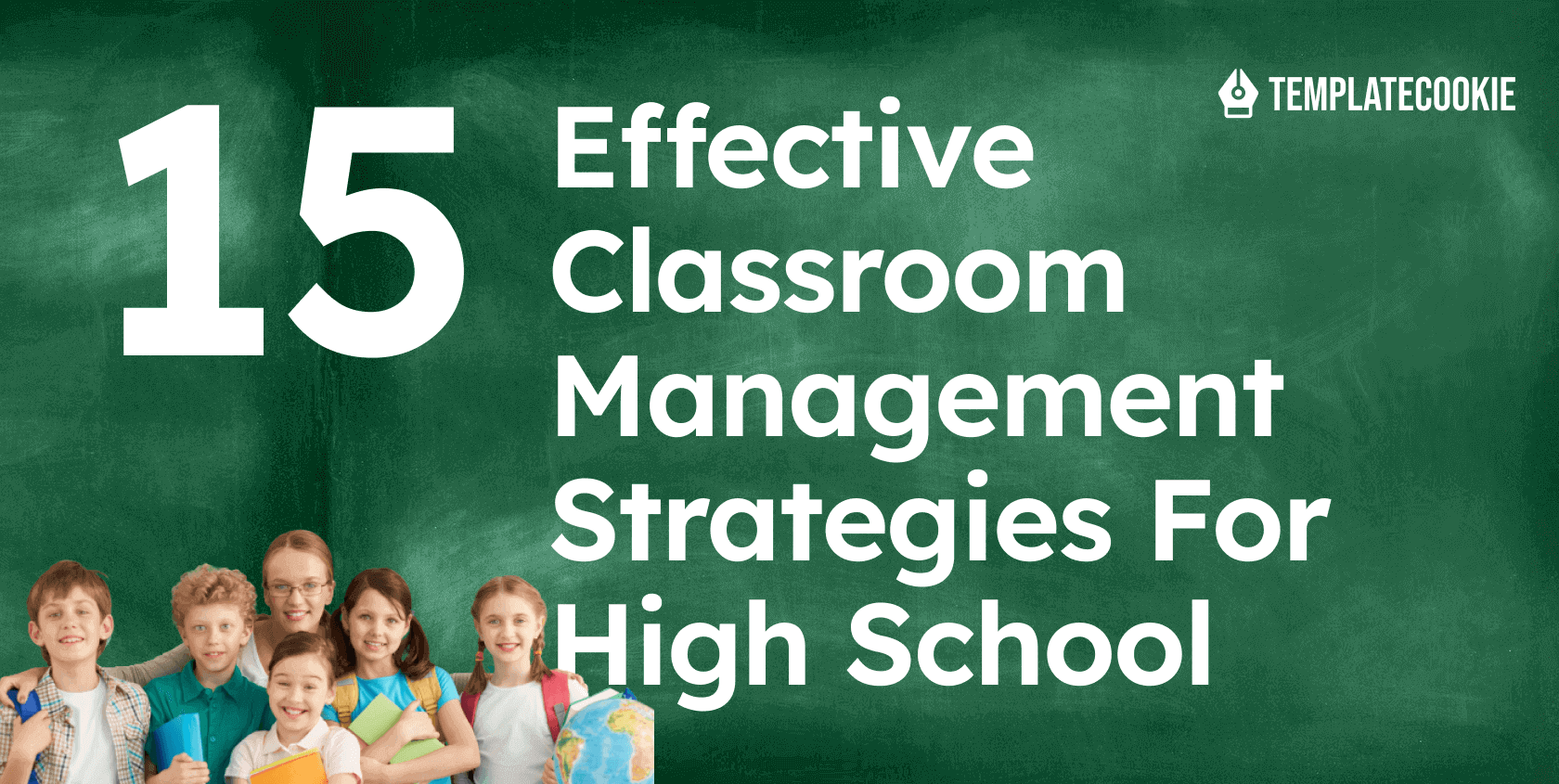Blog Details
10 Best Practices For Effective Classroom Management

Creating a great classroom environment is about more than just teaching. Effective classroom management is a crucial part of ensuring students are engaged, motivated, and supported. But managing a classroom is no easy feat.
Many teachers struggle to balance student needs, lesson plans, and behavior management. Fortunately, by implementing best practices for classroom management, teachers can foster a positive learning environment that benefits all students.
In this article, we will explore the top 10 best practices for classroom management that can help teachers promote academic success, strengthen student-teacher relationships, and create a culture of learning.
Increase your classroom efficiency with our premium School Management System: Schooling
10 Best Practices For Effective Classroom Management
Use Positive Reinforcement
One of the best practices for effective classroom management is to use positive reinforcement. Positive reinforcement is a way of acknowledging and rewarding good behavior in students. This can be as simple as verbal praise or as tangible as a small prize.
Teachers can use positive reinforcement to encourage students to meet expectations, participate in class, and perform well academically. When students receive positive feedback and recognition for their efforts, they are more likely to continue that behavior in the future.
Create a Safe and Supportive Environment
Another best practice for classroom management is to create a safe and supportive environment for students. This means creating an environment where students feel comfortable expressing themselves and where diversity is celebrated.
Teachers can create a positive classroom culture by establishing a set of clear guidelines and expectations, providing opportunities for students to share their opinions and experiences, and modeling positive behavior. When students feel safe and supported, they are more likely to engage in class, participate in discussions, and take risks in their learning.
Use Data to Inform Instruction
A crucial best practice for classroom management is to use data to inform instruction. This means using assessments, evaluations, and other data to inform instructional decisions.
Teachers can use data to identify areas where students are struggling and adjust instruction accordingly. When teachers use data to inform their instruction, they can differentiate their teaching to meet the unique needs of each student.
Set Routines and Procedures
Setting routines and procedures is an essential best practice for effective classroom management. This means establishing a predictable daily routine that students can follow and understand.
Teachers can set routines and procedures for tasks such as entering the classroom, turning in homework, transitioning between activities, and leaving the classroom. By establishing routines and procedures, teachers can minimize disruptions and help students stay focused and engaged in their learning.
Foster Collaboration and Community
Another best practice for classroom management is to foster collaboration and community in the classroom. This means creating opportunities for students to work together, share ideas, and learn from one another.
Tutors can create a sense of community in the classroom by encouraging students to participate in group discussions, projects, and activities. When students collaborate and work together, they learn valuable communication and social skills that can benefit them academically and personally.
Establish Clear Consequences
Establishing clear consequences is an important best practice for classroom management. This means setting expectations for appropriate behavior and establishing consequences for students who do not meet those expectations. Consequences should be fair, consistent, and appropriate for the behavior in question.
Educators can work with students to establish consequences, so they understand the expectations and are aware of the consequences of their actions. By establishing clear consequences, teachers can maintain a safe and positive learning environment for all students.
Differentiate Instruction
Differentiating instruction is a powerful best practice for classroom management that involves tailoring teaching strategies and content to meet the needs of individual students. This means recognizing and responding to the different learning styles, abilities, and interests of students in the classroom.
Teachers can differentiate instruction by providing a range of materials, activities, and assessments that align with different learning needs. When teachers differentiate instruction, they can create a more engaging and supportive learning environment that can help improve academic outcomes for all students.
Encourage Active Learning
Encouraging active learning is another best practice for classroom management that emphasizes hands-on, interactive learning experiences. This means moving beyond traditional lectures and incorporating activities that allow students to actively engage with the material.
Instructors can use a variety of strategies to encourage active learning, such as group discussions, problem-solving activities, simulations, and experiments. By promoting active learning, teachers can create a more dynamic and engaging classroom environment that can help boost student motivation and achievement.
Communicate Effectively with Parents
Effective communication with parents is a crucial best practice for classroom management that can help build strong partnerships between teachers and families. This means establishing clear lines of communication with parents, providing regular updates on student progress, and involving parents in classroom activities and events.
Tutors can use a range of communication methods, such as emails, phone calls, newsletters, and parent-teacher conferences, to keep parents informed and engaged. By communicating effectively with parents, teachers can build trust and rapport with families, which can lead to better academic outcomes for students.
Establish a Positive Teacher-Student Relationship
Establishing a positive teacher-student relationship is an effective classroom management strategy that can have a significant impact on student behavior and academic achievement. This means building a connection with each student, showing interest in their lives and experiences, and valuing their unique strengths and interests.
When teachers establish positive relationships with their students, they create a sense of trust and respect that can lead to increased student engagement, motivation, and academic performance. Teachers can use strategies such as listening actively to students, providing individualized support & feedback, and showing empathy and understanding to build positive relationships with their students.
Related Good Reads
Classroom Management For Middle School - The Definitive Guide
Should Phones Be Allowed In School - Pros, Cons & Solutions
Top 12 Advantages Of School Management System
Final Words
As the saying goes, "a well-managed classroom is a well-behaved classroom." Effective classroom management is the cornerstone of successful learning environments, as it helps to create a positive and engaging atmosphere where students can thrive.
By implementing the above 10 best practices for classroom management, teachers can establish a system that fosters respect, responsibility, and academic growth.
From building positive relationships with students and families to encouraging active learning and differentiating instruction, these best practices provide a roadmap for creating a supportive and dynamic classroom environment.
With consistent effort and dedication, teachers can make a lasting impact on their students and set them up for success in the future.
Read More

Responsive Classroom - The Definitive Guide
Responsive Classroom is an evidence-based approach to teaching that prioritizes the social, emotional, and academic development of students. It is designed to creat...
Read More
Classroom Management Plan - The Definitive Guide
Managing a classroom is a complex and multifaceted process that requires planning, preparation, and flexibility. A strong classroom management plan is crucial ...
Read More
15 Effective Classroom Management Strategies For High School
High school teachers and administrators face numerous challenges in managing their classrooms, from student disengagement to disruptive behavior. However, with effe...
Read More